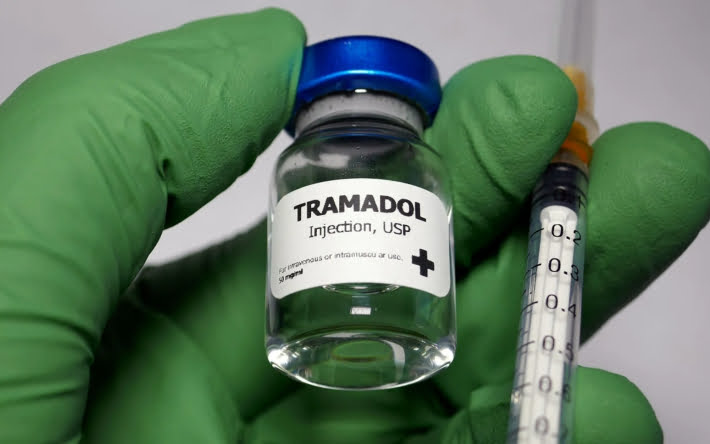Tramadol: What is it, Uses, Side Effects, and Alternatives
Tramadol is a prescription medication used to treat moderate to severe pain. It is a synthetic opioid analgesic that works by blocking pain signals in the brain. Tramadol is available in several forms, including tablets, capsules, and oral solutions.
What is Tramadol Used For?

Tramadol is most commonly used to treat pain after surgery or injury. It can also be used to treat chronic pain, such as pain from arthritis or cancer. Tramadol is not as strong as other opioid pain relievers, such as morphine or oxycodone, so it may be a good option for people who cannot tolerate the side effects of those drugs.
How Does Tramadol Work?
Tramadol works by binding to opioid receptors in the brain and spinal cord. This blocks pain signals from being sent to the brain. Tramadol also has some effects on serotonin and norepinephrine, which are neurotransmitters that play a role in mood and pain perception.
What are the Side Effects of Tramadol?

Tramadol can cause a number of side effects, including:
- Dizziness
- Drowsiness
- Nausea and vomiting
- Constipation
- Headache
- Dry mouth
- Sweating
- Rash
- Itching
More serious side effects can include:
- Seizures
- Slowed breathing
- Increased risk of falls
- Serotonin syndrome, a rare but potentially life-threatening condition that can cause confusion, agitation, fever, sweating, and muscle tremors
Tramadol Addiction and Dependence

Tramadol is an opioid, and like all opioids, it can be addictive and lead to dependence. The risk of addiction is higher with higher doses and longer use. Symptoms of tramadol addiction can include:
- Cravings for the drug
- Needing to take more and more of the drug to get the same effect
- Continued use of the drug despite negative consequences
- Difficulty stopping the drug
- Withdrawal symptoms when the drug is stopped
Tramadol Alternatives
There are a number of non-opioid medications that can be used to treat pain, including:
- Acetaminophen (Tylenol)
- Nonsteroidal anti-inflammatory drugs (NSAIDs), such as ibuprofen (Advil, Motrin) and naproxen (Aleve)
- Antidepressants, such as duloxetine (Cymbalta) and amitriptyline (Elavil)
- Anticonvulsants, such as gabapentin (Neurontin) and pregabalin (Lyrica)
In some cases, physical therapy or other non-drug treatments may be helpful for pain relief.
If you are considering taking tramadol, it is important to talk to your doctor about the risks and benefits of the medication. You should also be aware of the signs of addiction and dependence, and seek help if you think you may have a problem.
Comments